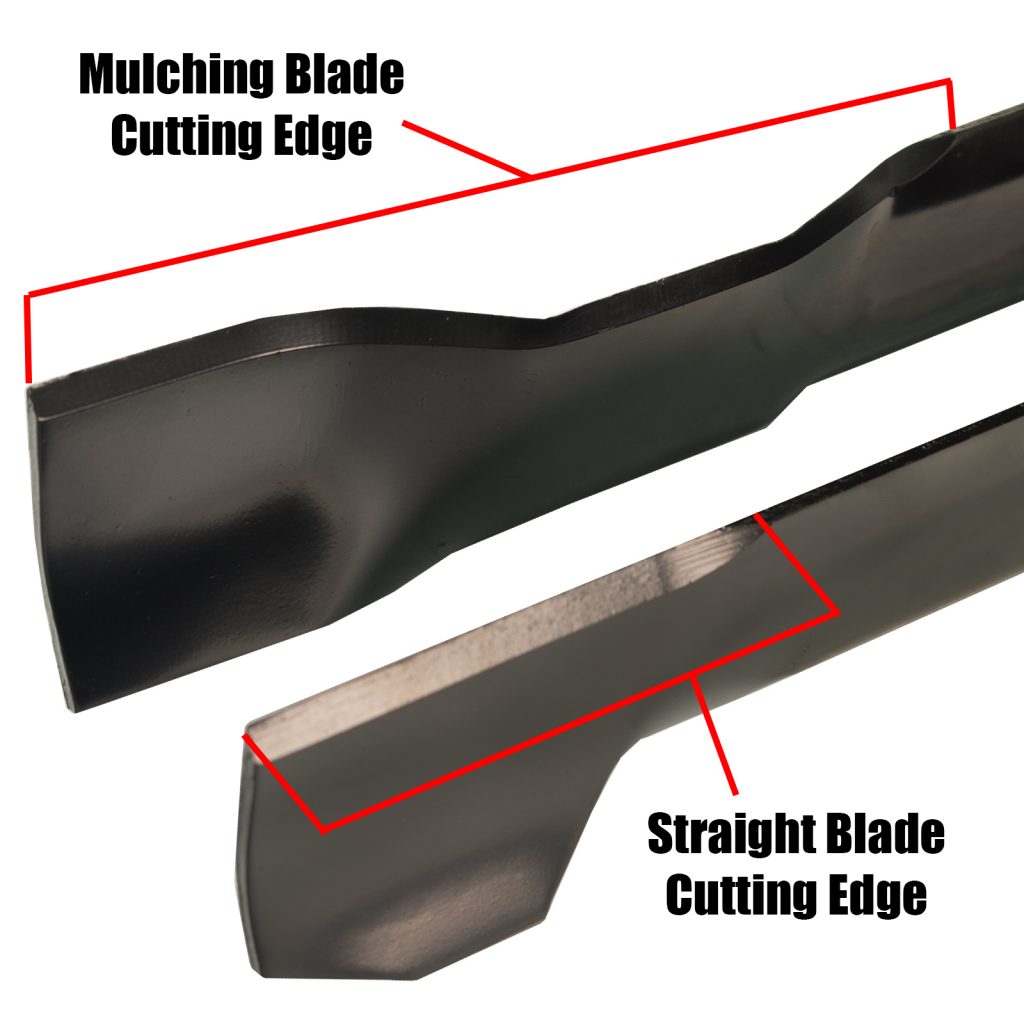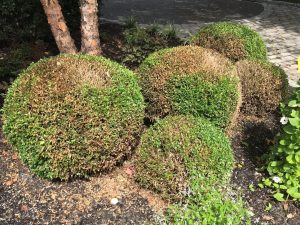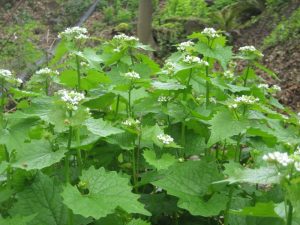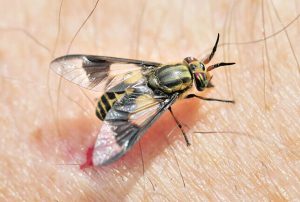
Here at Foxy Gardens, while we provide landscaping services for our Southwestern Ontario region, we also know that in the world of lawn care, the mulching blade stands as a symbol of innovation, challenging traditional methods with its revolutionary approach to grass management.
Unlike conventional straight-edge blades, which leave behind clippings to be collected or discarded, mulching blades aim to recycle grass clippings back into the lawn, enriching the soil and promoting overall lawn health.

Evolution of the Mulching Blade: From Concept to Reality
The inception of the mulching blade marked a significant shift in lawn care practices.
Developed during an era of changing perspectives and environmental consciousness, its design sought to address the inefficiencies of traditional mowing techniques.
By incorporating aerodynamic principles and advanced metallurgy, manufacturers engineered blades capable of finely shredding grass clippings while minimizing strain on the mower.
Science Behind the Mulching Blade: Understanding Its Mechanism
At the core of the mulching blade’s effectiveness lies a sophisticated interplay of aerodynamics and mechanical engineering.
As the blade rotates, its unique design creates a vortex of airflow that draws grass clippings upward, where they encounter a series of sharp edges and cutting surfaces.
These surfaces finely shred the clippings into mulch-sized particles, which are then redistributed across the lawn.
Benefits of Mulching: Nourishing the Lawn Ecosystem
In addition to its nutrient-rich contribution to soil health, mulching offers a plethora of benefits that foster a thriving lawn ecosystem.
Beyond the immediate return of essential nutrients to the soil, mulch serves as a natural moisture-retaining barrier, effectively reducing water loss through evaporation.
By creating a protective layer over the soil surface, mulch helps to maintain optimal soil moisture levels, ensuring that grass roots have access to the water they need to flourish.
Moreover, the presence of mulch on the soil surface encourages beneficial microbial activity, which plays a vital role in breaking down organic matter and releasing nutrients for plant uptake.
This increase in microbial activity not only enhances nutrient availability but also contributes to improved soil structure and aeration.
As organic matter decomposes beneath the mulch layer, it enriches the soil with humus, a valuable component that promotes soil aggregation and stability.
Furthermore, the gradual decomposition of mulch over time enriches the soil with organic matter, further enhancing its fertility and resilience.
As mulch breaks down, it releases nutrients such as nitrogen, phosphorus, and potassium, which are essential for healthy plant growth.
This continuous cycle of nutrient replenishment not only reduces the need for chemical fertilizers but also fosters a more sustainable and environmentally friendly approach to lawn care.
Overall, the benefits of mulching extend far beyond the surface, encompassing a holistic approach to soil health and ecosystem balance.
By nourishing the soil with essential nutrients, promoting moisture retention, and enhancing microbial activity, mulching lays the foundation for a lush, vibrant lawn that thrives in harmony with its natural environment.
Choosing the Right Mulching Blade: Factors to Consider
Selecting the appropriate mulching blade for your mower involves considering factors such as blade size, shape, and compatibility with your specific mower model.
Some blades feature serrated edges or specialized cutting surfaces designed to optimize mulching performance in various grass types and conditions.
Consulting with a lawn care professional or mower manufacturer can help ensure you choose the right blade for your needs.
Practical Tips for Mulching Success: Maximizing Performance
Achieving optimal mulching results requires proper mower setup and maintenance.
Ensuring your mower’s blades are sharp and properly adjusted is essential for clean, efficient cutting and mulching.
Additionally, mowing at the correct height and frequency can help maximize mulching effectiveness while minimizing stress on the grass.
Conclusion: Embracing the Green Future
In conclusion, the mulching blade represents a transformative advancement in lawn care technology, offering homeowners a sustainable, eco-friendly approach to grass management.
By harnessing the power of aerodynamics and mechanical engineering, mulching blades provide a practical solution for recycling grass clippings and nourishing the lawn ecosystem.
With proper selection, maintenance, and usage, mulching blades can help homeowners achieve lush, healthy lawns while reducing their environmental impact.










